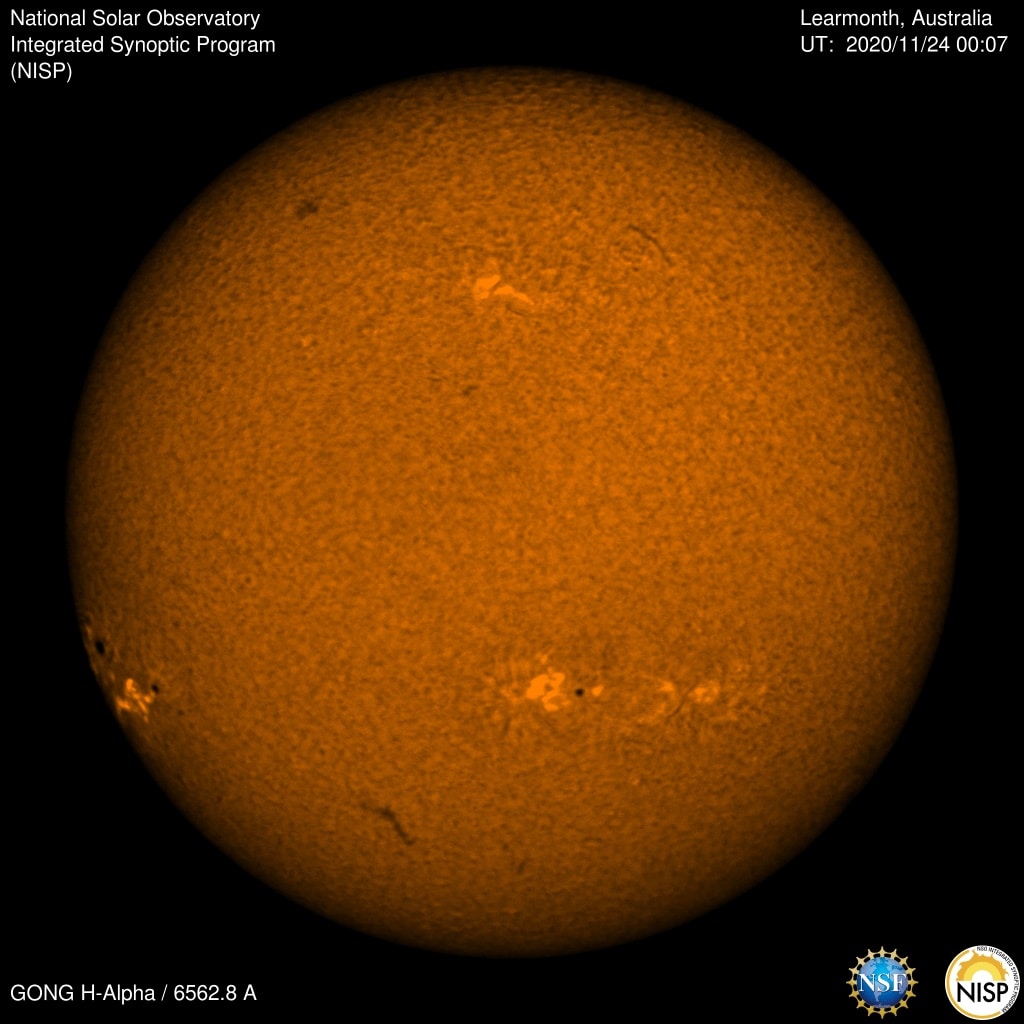
Hello, everyone! My name is Dr. David Boboltz and I'll be taking your questions until Friday, August 27th, 2021!

A Little About Me
I am currently working as a Program Director for the National Science Foundation’s Division of Astronomical Sciences where I have been since 2013. My primary area of responsibility is the management of the division’s research facilities related to the study of our Sun, including the National Solar Observatory and the NSF’s Daniel K. Inouye Solar Telescope (DKIST) currently under construction on Maui, HI. When finished in late 2021, DKIST will be the world’s most powerful solar observatory poised to unlock the mysteries of our nearest star.
Before coming to NSF, I worked as a radio astronomer for the United States Naval Observatory (USNO) for 15 years. My primary area of research is the study of circumstellar masers in the atmospheres of stars near the end-stages of stellar evolution (e.g. Red Giants and Supergiants). Late-type stars provide a glimpse of what our own Sun will like be in about 4.5 billion years. Prior to USNO, I was a post-doctoral fellow at MIT’s Haystack Observatory. I received my Ph.D. in Astrophysics from Virginia Tech in 1997. My dissertation research was conducted as a pre-doctoral fellow at the National Radio Astronomy Observatory in Socorro, NM. I also have an M.S. in Applied Physics from the Johns Hopkins University and a B.S. in Mechanical Engineering from Virginia Tech.
I will answer as many questions as I can, but please keep in mind that there are questions that I won't be able to answer. I'll try my very best and I'm delighted to be here, so ask away!
Last edited by a moderator:



